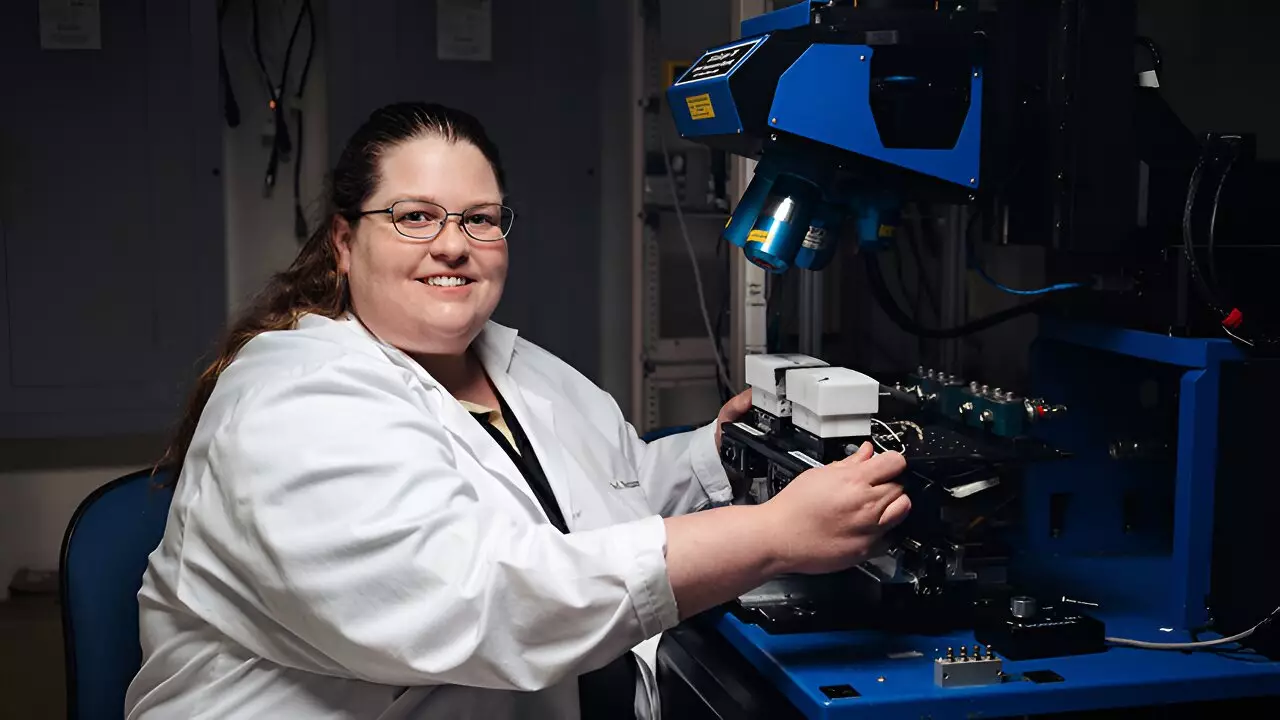In today’s rapidly advancing technological landscape, managing heat production in electronic devices has emerged as a critical challenge. Unlike the simplistic solutions of yesteryear, such as rear-mounted fans for desktops, modern devices—ranging from smartphones to electric vehicles—generate varying degrees of heat that can jeopardize their performance and longevity. As electronics become increasingly compact and powerful, an effective thermal management system is essential to ensure operational efficiency and to extend the lifespan of these devices.
Every electronic device operates within a very narrow temperature range, and exceeding this range can result in performance degradation or even complete failure. Amy Marconnet, a distinguished professor of mechanical engineering at Purdue University, is spearheading research initiatives aimed at refining thermal management techniques tailored to today’s complex technologies. According to Marconnet, the goal is twofold: reduce the heat generated by these devices and enable them to operate optimally even at higher power levels. This endeavor is particularly vital for wearable technology, which must maintain strict temperature controls as it interacts closely with the human body.
Marconnet’s research primarily focuses on materials that are capable of efficiently transferring heat away from critical components without adding significant weight or escalating production costs. One promising avenue includes the exploration of phase change materials (PCMs). These materials exhibit unique properties that allow them to absorb and release heat during the transitions between solid and liquid states. For instance, when using wearable devices, such as virtual reality headsets, PCMs can absorb excess heat generated during operation and solidify when recharging, allowing for steadier performance.
In essence, while a PCM is in its liquid state, it effectively absorbs thermal energy, thereby preventing overheating. Once the device is no longer in use, the PCM solidifies, creating a mechanism that enables enhanced usage capabilities the next time the device is employed. Marconnet’s team has delved into utilizing metallic alloys as phase change materials for chips, aiming for solutions that cater to compact yet efficient designs.
A noteworthy aspect of Marconnet’s work involves reassessing traditional thermal interfaces, often reliant on thermal greases. This commonplace solution, while functional, suffers from performance degradation over time due to the detrimental effects of “pumping out”—a condition where the thermal grease loses its efficacy and leads to inconsistent thermal conductivity. In light of these limitations, Marconnet is currently investigating rapid testing methodologies to identify potential thermal interface materials that could outperform conventional solutions without the lengthy wait period associated with real-world performance assessments.
Moreover, other factors contributing to heat production in devices include batteries and their charging mechanisms. With the increasing demand for rapid charging—especially in electric vehicles—heat generated during electrochemical reactions presents significant challenges. Marconnet aptly compares the heat generation from a charging battery to that of an incandescent light bulb: valuable energy is utilized, but it concurrently generates a substantial amount of wasted heat.
Collaborating with colleagues such as Xiulin Ruan, Marconnet’s research also examines battery construction and the potential of novel materials like compressible foams, which can dissipate heat efficiently while insulating devices from cold temperatures. These innovations are not merely theoretical; the Purdue Innovates Office of Technology Commercialization has already initiated patent applications for some of these groundbreaking technologies.
Looking ahead, Marconnet and her team are poised to submit important research papers on their findings related to phase change materials and their applications in electronics, promising advancements that could reshape the landscape of thermal management. These efforts highlight the need for continued exploration in the fight against heat-related performance issues, underlining the perpetual pursuit of innovation in electronic thermal management. As technology continues to evolve, so too must our strategies for addressing the inevitable byproduct of heat production.


Leave a Reply